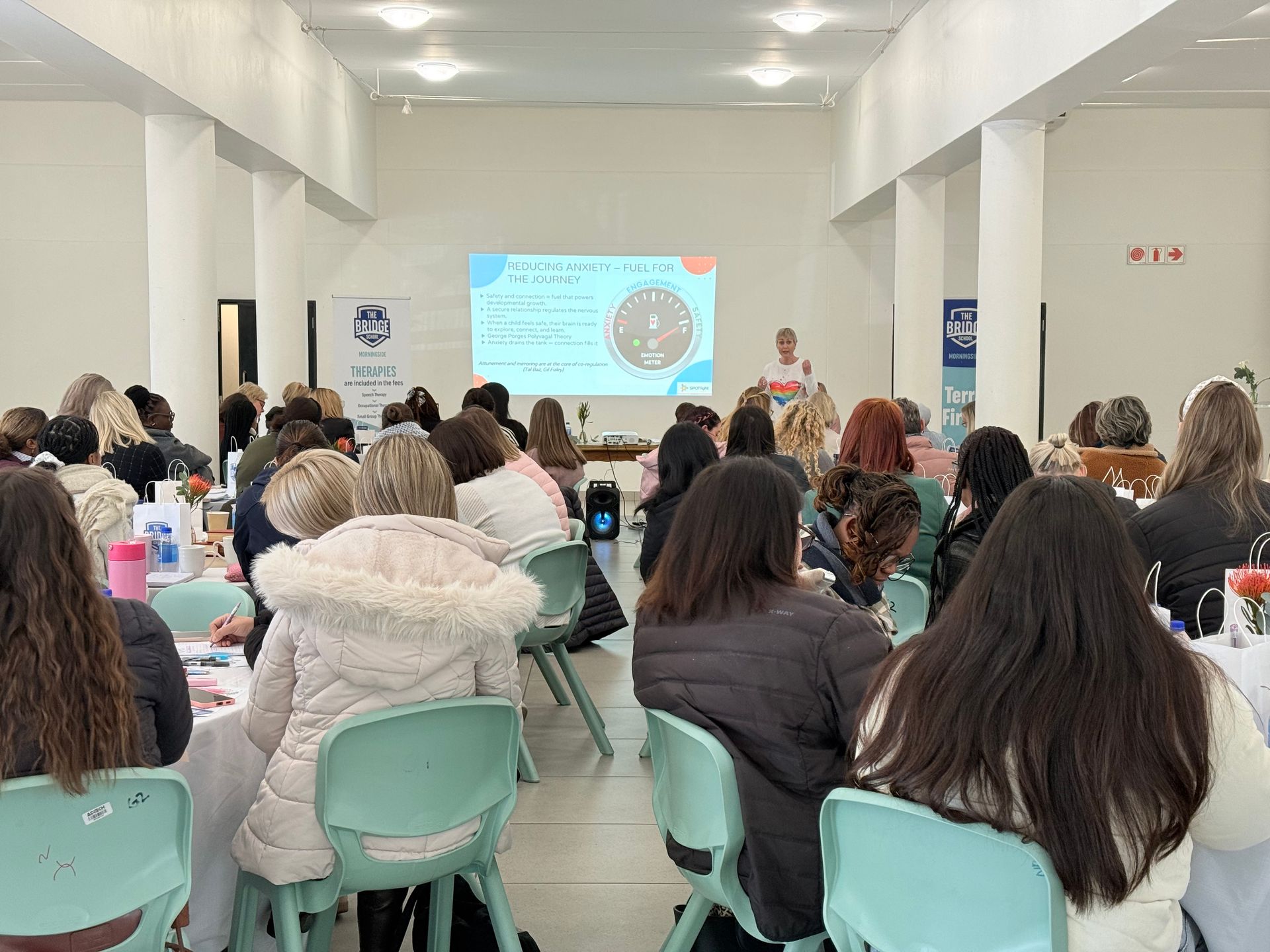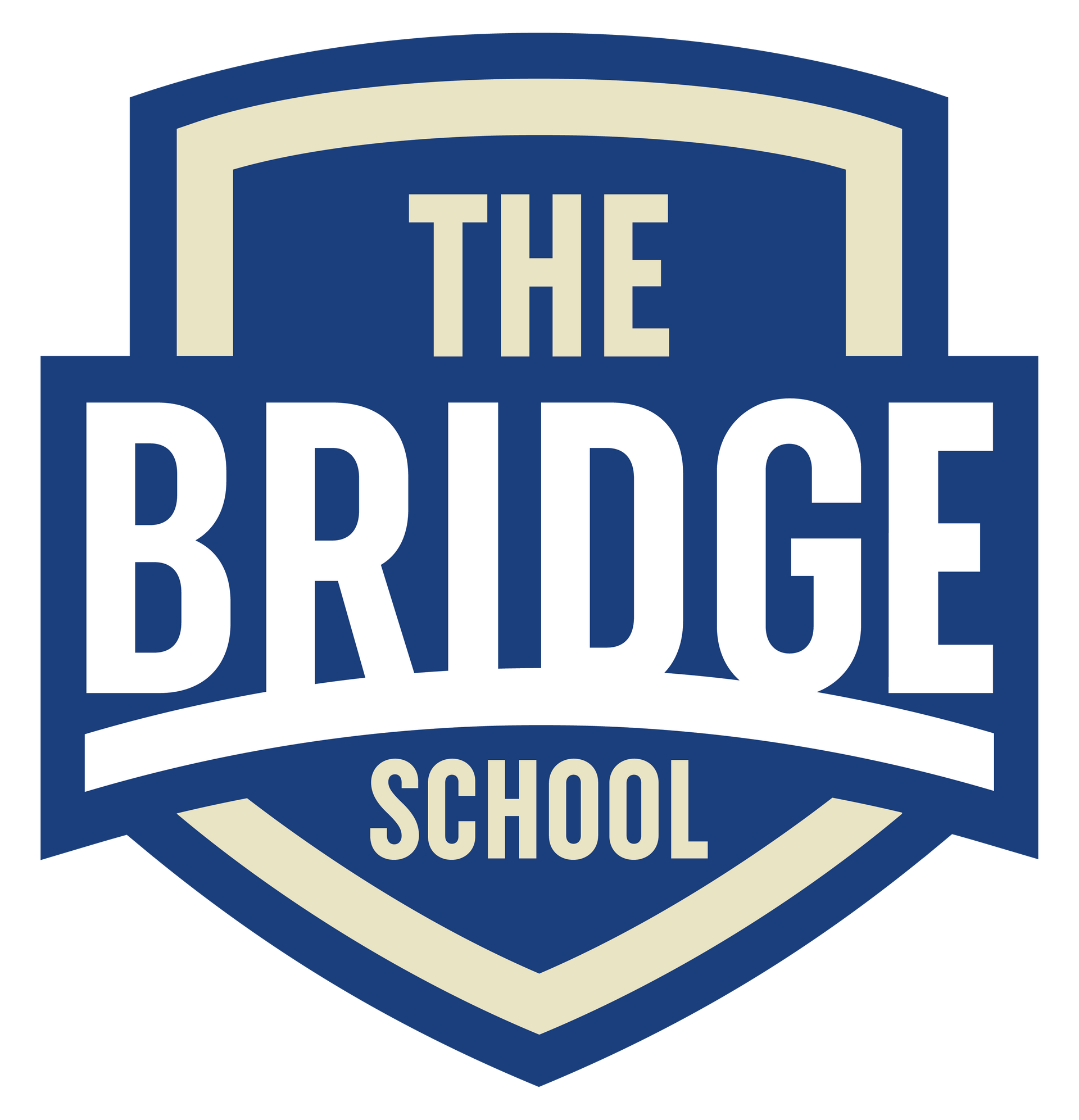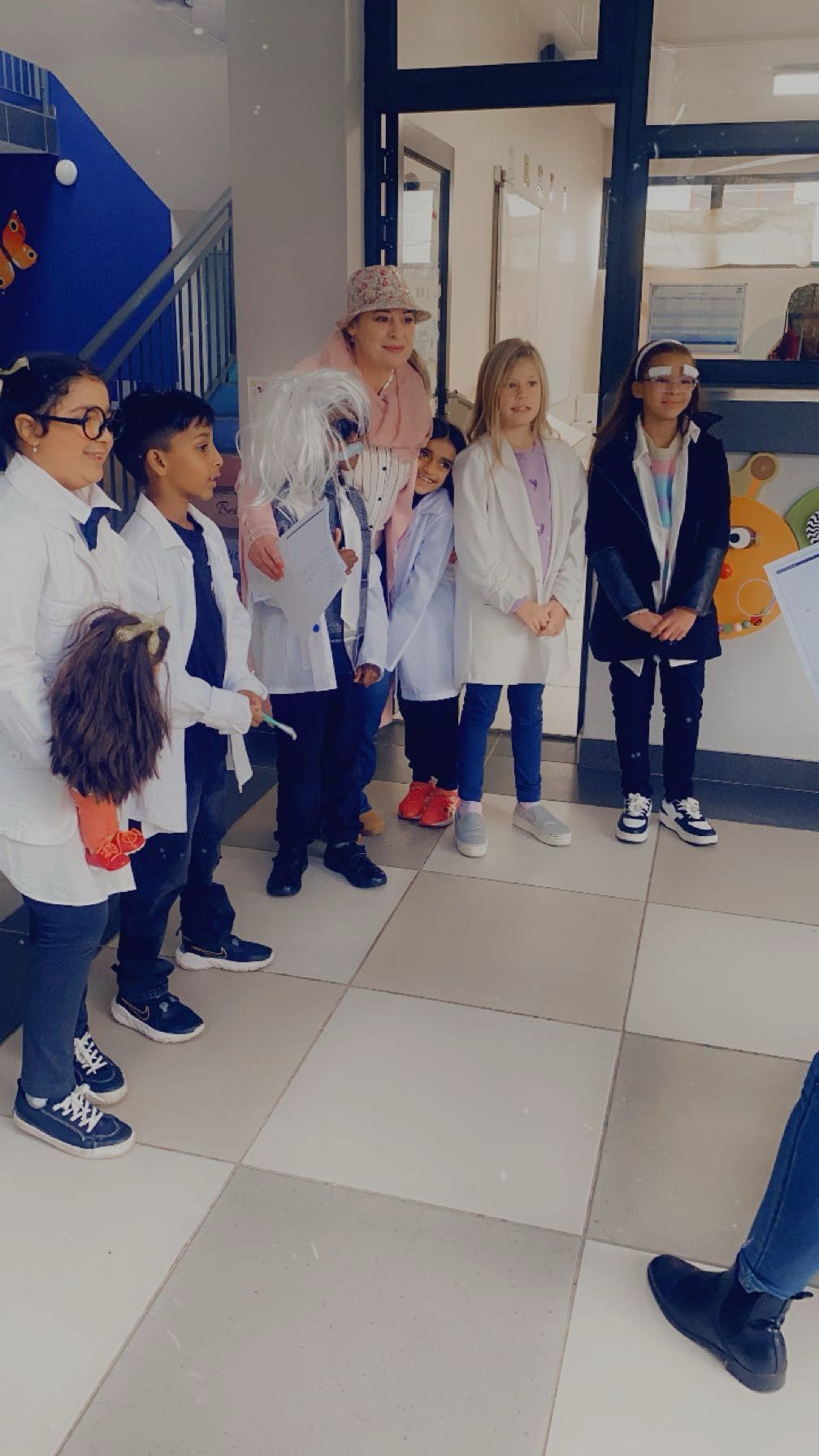How to Support a Dyslexic child?
1 June 2021

Children each learn and develop at their own pace, and reading is no different from any other skill. However, for some children they find it challenging at one point or another. They battle to build, recognise and manipulate the sounds in language. They also have difficulty in decoding words. Often children battle with barriers to learning, which may include dyslexia.
Studies show that dyslexic children face many difficulties in their academic and social surroundings. Also, they suffer from a low self-esteem because of the lack of accomplishments, particularly in academics, which may affect their long-term life opportunities. Therefore, parents’ awareness about dyslexia and the impact it has on their child is imperative in ensuring support as well as a sustainable development of their child. At the Bridge Assisted Learning school we aim to work with our parents to create environments both at home and school that will be conducive to learning.
Much can be done to alleviate this by utilising the following interventions, both at school and at home, in order to develop processes to support a comfortable confidence and self-esteem within children battling with dyslexia. These include:
• Explicit direct instruction in phonological and phonemic skills.
The intervention also needs to include ‘The Big 6 of Reading’: oral language, phonological awareness, phonics, vocabulary, fluency and comprehension.
• Font style:
The most commonly referred to fonts for people with dyslexia are: Comic Sans, Verdana, or Arial. It does not matter which font is used, it is more about using the particular font exclusively, so that the person becomes accustomed to the font used. A specific font developed for dyslexic people can be found on the Open Dyslexic website (www.OpenDyslexic.org).
Open Dyslexic is a free font to use for the children who are battling with dyslexia. The letters are spaced out and wider in some instances. Also, when you use any font for a child with dyslexia, always justify left: it spaces the words out evenly and makes it easier for the child to read.
• Time constraints:
Always provide extra time for students with dyslexia, especially for reading tasks.
Always allow additional time in test or exam situations.
• Lowering the stress when learning is taking place:
Create a learning culture where making mistakes lead to learning.
Provide adequate time for thinking.
Don’t place too much stress on children to read aloud in front of other people.
• Children with dyslexia should be aligned with an empathic teacher mentor.
• Building reliance and self-esteem:
Dyslexia impacts on the social and emotional well-being of the child. Use terms of encouragement when talking to your child.
• Parent activities:
Try to nurture children’s love for stories. Encourage them to collect books and build their own library and practice reading their favourites with them. Also invest in audio books that you can listen to while driving to school that gives phonetic sounds to practice. Showing them that you care and that you are just as invested to help them succeed.
Children don’t outgrow dyslexia, and their troubles with reading can affect how they behave in school. However, with the right teaching and support, children can overcome reading challenges and learn coping mechanisms to make them thrive in school and throughout their life.
To learn more about neurodiversity, please click here
.
To learn more about how the Bridge School takes a Neurodiversity approach, please click here
.
To enquire about the Bridge Assisted Learning School, please click here
.
ABOUT DR GREG PIENAAR
Dr Pienaar holds a doctorate in Psychology. His work has focused mainly on the school-going child over the years, in terms of therapy or play therapy in private practice. He continues to make a significant contribution to the field of assisted and special needs learning through his articles in Educational and Psychological Journals and papers at International Conferences.
ABOUT ADvTECH
The ADvTECH Group, a JSE-listed company, is Africa’s largest private education provider and a continental leader in quality education, training, skills development and placement services. The Group reports its performance in a segmental structure reflecting the Schools and Tertiary as two separate education divisions, and Resourcing as the third division. ADvTECH’s Schools division comprises 10 brands with more than 100 schools across South Africa, including Gaborone International School in Botswana and Crawford International in Nairobi, Kenya. It owns 9 tertiary brands, across 30 campuses across South Africa and the rest of Africa, and its higher education division, The Independent Institute of Education, is SA’s largest and most accredited private higher education provider. ADvTECH’s 9 resourcing brands places thousands of candidates annually, assisting graduates to make the transition from the world of study to the world of work.
ABOUT THE BRIDGE SCHOOL
The Bridge caters for students with average to above average abilities. The school follows a neurodiverse approach, ensuring that all students are included, catered for and receive the additional support they need. With our increased knowledge around educational development, we see that more people are affected by Neurodevelopmental conditions than ever before. Neurodiversity follows the view that brain differences are normal, rather than deficiencies. When following a Neurodiverse approach, students with learning and thinking differences benefit greatly

Neurodiversity is a concept that recognises and respects neurological differences—such as autism, ADHD, dyslexia, and other cognitive variations—as natural forms of human diversity. Rather than viewing these differences as deficits, the neurodiversity paradigm promotes inclusion, understanding, and tailored support to help each learner thrive. In a school context, this means shifting from a “one-size-fits-all” model to a flexible, responsive approach that honours individual learning styles, communication needs, and emotional development. At The Bridge School, we believe in embracing the diversity of every learner’s potential through a neurodiverse educational philosophy. Our approach includes customised learning paths that adapt teaching methods to suit individual strengths and challenges. We foster a safe, nurturing environment where students feel valued and supported, ensuring their academic, emotional, and social growth. Our dedicated team of experienced teachers and therapists works collaboratively to meet each student’s unique needs. With a multidisciplinary team—including specialist teachers, speech and occupational therapists, and educational psychologists—we offer integrated classroom support and holistic development. We are proud to launch our very first Neurodiversity Summit—a pioneering initiative aimed at equipping educators with practical, sustainable strategies for supporting neurodiverse learners. This event served as a platform for experts in the neurodiversity space to share insights, tools, and approaches to managing emotional and behavioural challenges in inclusive classroom settings. Our goal is to create greater awareness of neurodiverse learners and highlight the innovative work happening at The Bridge School. The summit featured four dynamic presentations: DIR Floortime South Africa unpacked the DIR model, sensory processing needs, and practical ways to support transitions using relationship-based interventions. A Parent Perspective will provide a heartfelt account of the importance of communication and collaboration between parents and educators in supporting neurodiverse learners. Tash Munisamy, Lead Occupational Therapist at The Bridge School, shared practical tips on emotional and behavioural management from a regulation-based perspective—including strategies for educators to enhance their own self-regulation. Katlego Mantsho & Tandzile Makobe, Speech Therapists at The Bridge School, provided hands-on behavioural management strategies grounded in communication development. With a vision to build a vibrant, supportive community, this summit delivered in it’s promise to be colourful, engaging, and deeply practical—knowledge was shared, collaboration was fostered, and inclusion was celebrated. Key Features of The Bridge School: - Personalised Learning Plans - Continuous Evaluation - Inclusive Culture










